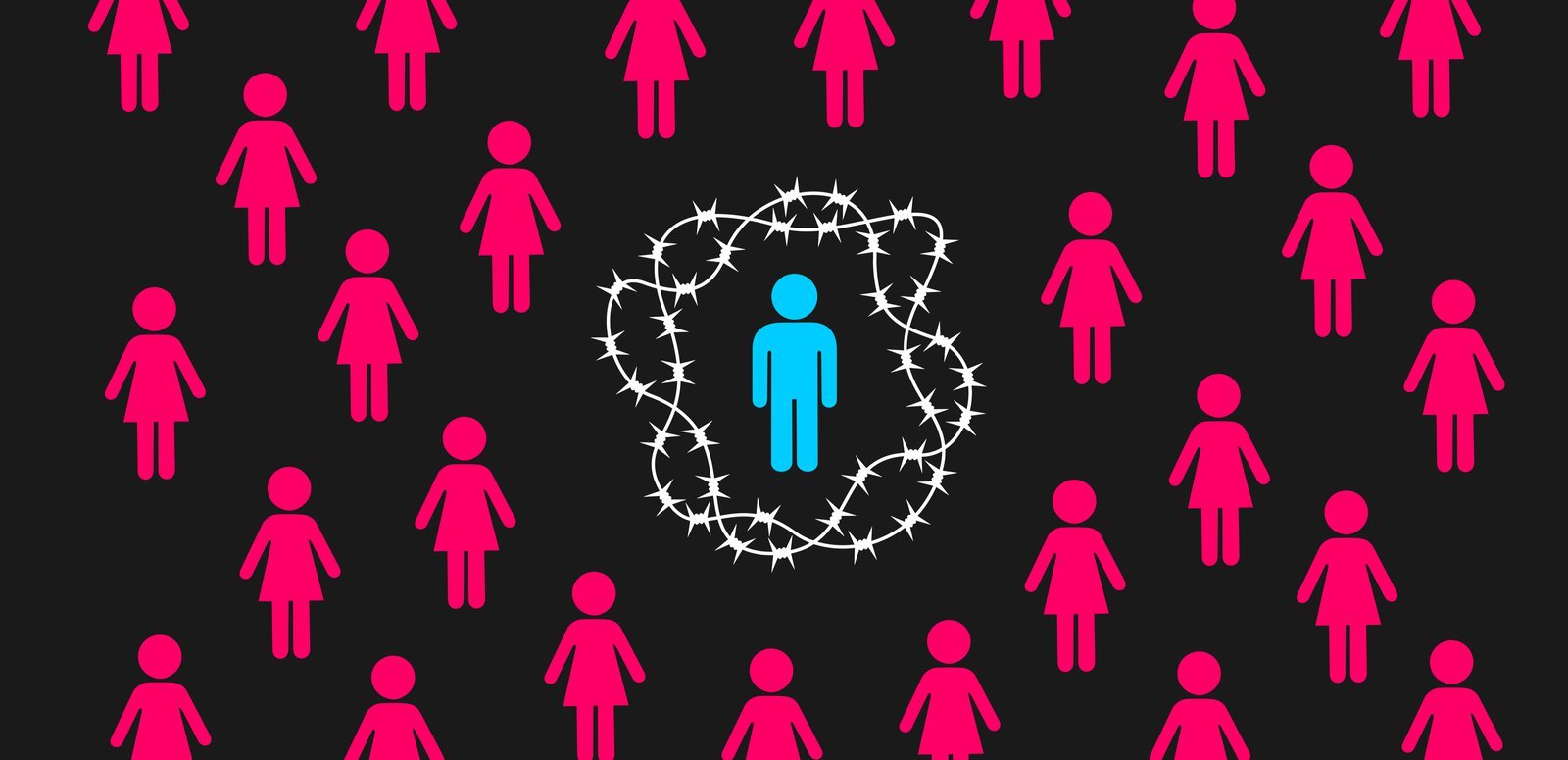Misogynist Incels and Male Supremacism
Overview and Recommendations for Addressing the Threat of Male Supremacist Violence
By Megan Kelly, Alex DiBranco, and Julia R. DeCook
Published in New America; last updated February 18, 2021.
Abstract
In this policy brief, we explore the history of incel identity and the development of a new misogynist ideology since 2014. We explain core concepts related to dehumanization and entitlement, significant frameworks such as the “red pill” and “black pill,” and violence as central to the movement ideology. We focus on conveying information most relevant to understanding and addressing potential violence by misogynist incel perpetrators. We provide short overviews of issues such as race in incel communities, identifying a range of concerns for policymakers and further research on how incels and misogyny fit into effective responses to violent extremism.
Executive Summary
Mass violence connected to incel ideology has increased public and academic scrutiny of incel communities online. Although not all such communities support violence, and not all those who identify as incel will go on to commit violence, incel communities have drawn the public, academic, and policy world’s attention.
The Institute for Research on Male Supremacism recommends the term misogynist incel (which can be understood linguistically as similar to the construction of the term “racist skinhead”) to distinguish the male supremacist ideology and movement from personal identification with the term incel. A failure to distinguish people who identify as incels or “involuntarily celibate” (including women) from misogynist incels leads to flawed recommendations and significant misunderstandings of the nature of this community, the prevalence of misogyny in our societies, and violence against women. In this brief, we overview the formation and history of the incel community, focusing on the ideology of misogynist incels, and its basis in dehumanization of women and male entitlement, as it connects to the glorification and perpetration of violence.1
Misogyny is not unique to incels. Male supremacism can be understood as operating on a spectrum, and misogynist incels cannot be separated from broader societal patterns of misogyny. Misogynist incel beliefs develop from a male supremacist culture that consistently fails to mitigate violence against women and girls, and teaches men that they are entitled to women for sexual and romantic fulfillment, and that women are only valued for their instrumentality to these ends. Although misogynist incels use more extreme dehumanizing language and glorification of violence, their belief systems and ideologies are developed from and supported by the cultural and societal contexts in which they live.
Practitioners countering violent extremism, and others, must keep in mind that misogynist incels are not unique in their misogyny, and take care that interventions do not enable other forms of misogyny as solutions to the incel threat. Understanding misogynist incels as one of several contemporary male supremacist movements, the recommendations made at the end of this brief apply broadly to male supremacist ideological violence. Other acts of violence in 2020 connected to misogynist ideology, but not the misogynist incel movement, include the targeting of a woman federal judge by a men’s rights lawyer who frequented male separatist Men Going Their Own Way (MGTOW) forums.
We make five key recommendations as a starting point to address threats posed by misogynist incel violence and other forms of male supremacism:
Support improved mental health services and access as a social good—but don’t mistake this for a solution to ideological violence.
Provide possible alternatives for intervention programs, and suggest that interventions should draw on examples of programs designed to deal with domestic abuse perpetrators and counter racist violence for specialized counseling.
Avoid interventions that reinforce boys’ and men’s entitlement—collaborations with gender justice organizations can strengthen program design.
Intervene early and through routine systems to prevent movement along a spectrum of dehumanization and misogyny toward violent extremes.
Fund more research and collaborations into male supremacism broadly, and protect researchers’ ability to work in the face of threats and doxing.
Introduction
In Santa Barbara, Calif. in May 2014, a 22-year-old man perpetrated the first attack connected to the “incel” community, a group of people who identify as “involuntarily celibate” due to a claimed inability to find sexual and romantic partners. He set out to kill women at a sorority, but was unable to gain entrance, attacking passersby instead. At the time, most coverage mistakenly identified the perpetrator as a “failed pickup artist,” due to his activity in an online forum oriented toward men dissatisfied with the industry that promised to teach them how to seduce women. For years after the attack, there was no substantial media attention to the incel community. Yet over that same time period, the manifesto and videos produced by the Santa Barbara attacker influenced the development of a movement of misogynist incel men, shaped around entitlement to sex and dehumanization of women.
In 2018, an attack in Toronto perpetrated by a self-identified incel man, running over and killing 10 people with a van, drew widespread attention from North American media to the incel community for the first time. This attack was followed six months later by a misogynist attack on a yoga class in Tallahassee, Fla., by a man who had previously compared himself to the Santa Barbara perpetrator.
In the years since, incel communities have captured a piece of the public, academic, and the policy world’s imagination. Numerous news pieces, journal articles, policy papers, and other coverage have appeared. However, this attention has carried significant and potentially harmful oversights and misconceptions, beginning with the way the term incel is used. The (heterosexual, cisgender) men-only misogynist movement whose growth is of concern now should be differentiated from the original use of the term, which dates to a 1990s gender-neutral community founded by a bisexual woman. The Institute for Research on Male Supremacism recommends the term misogynist incel (similar to the construction of the term “racist skinhead”) to distinguish the male supremacist ideology and movement from personal identification with the term incel. This term will be used throughout the report.
In this policy brief, we explore the history of incel identity and the development of a new misogynist ideology, explaining core concepts related to dehumanization and entitlement, significant frameworks such as the “red pill” and “black pill,” and violence as central to the movement ideology. In this brief format, we provide only a short overview of additional issues worthy of extensive analysis, such as race in incel communities. Our focus here is on conveying information most relevant to understanding and addressing potential violence by misogynist incel perpetrators.
This policy brief analyzes the language used by misogynist, racist, and far-right groups, the intensity of which may be disturbing for some readers. Examples of speech discussed include topics of sexual violence, pedophilia, racist speech, and suicide.
Read the fully policy brief in New America.
Table of Contents
Executive Summary
Introduction
History
The Foundational Manifesto
Increasing Rhetoric of Dehumanization
Promotion and Glorification of Violence
Red Pill to Black Pill
A Brief Overview of Intersections with Race and Class
Mass Violence and Terrorism since Santa Barbara
Recommendations
1. This is not a reference guide to terminology; the 2020 Moonshot CVE Incels: A Guide to Symbols and Terminology is useful in this respect: source


